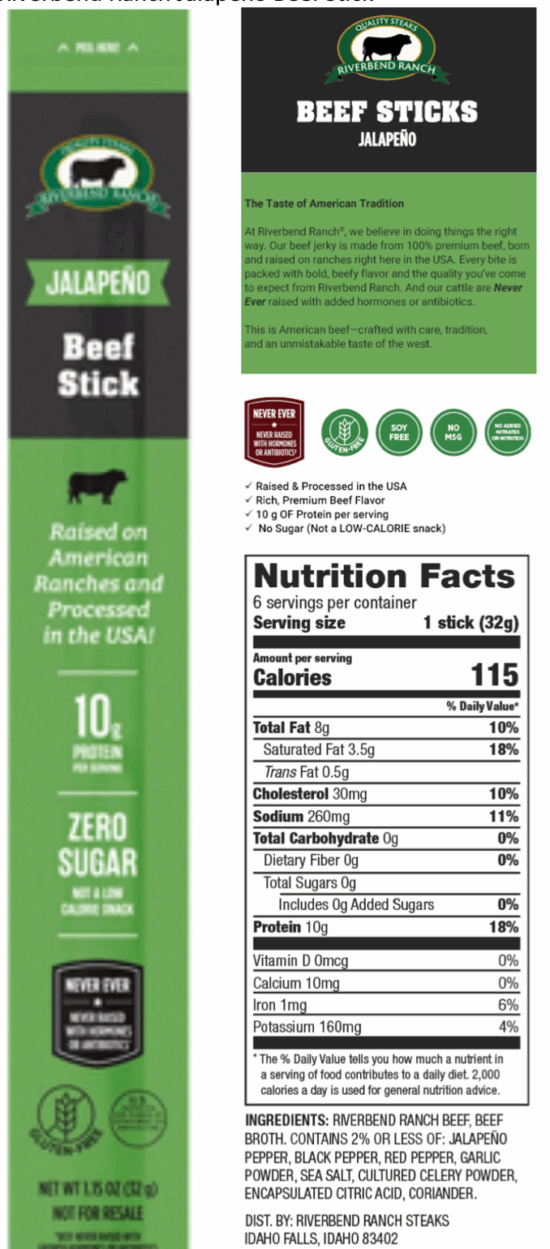Reported outbreaks fell in 2024 in Austria but the number of people requiring hospitalization doubled compared to the year before, according to recently released data.
In 2024, 34 foodborne outbreaks were reported, eight fewer than in 2023. A total of 194 people were affected, which is down from 222 cases in 2023.
Overall, 77 people had to be hospitalized in connection with the outbreaks which is double the number of hospitalizations recorded in 2023. There were also two deaths compared to one fatality in 2023. The outbreaks affected between two and 28 people.
The Austrian Food Safety Authority (AGES) said three international outbreaks were reported and two continued from 2023. Ten were classed as household outbreaks.
Outbreaks by pathogen
Salmonella was the most common agent with 17 outbreaks, 118 cases and one death. Campylobacter was second with seven outbreaks and 16 cases. Five outbreaks were caused by norovirus with 46 sick.
One outbreak each was caused by untyped E. coli with three patients, Listeria monocytogenes with four sick and one death, Yersinia enterocolitica and Shigella flexneri both with two cases, and hepatitis A virus with three infections.
Eight Salmonella outbreaks and one each because of Campylobacter and Shigella flexneri were linked to travel abroad.
A multi-country outbreak in 2023 and 2024 was caused by Salmonella Strathcona. It affected 26 people in Austria. A total of 232 cases occurred in 17 countries. The suspected source was cherry tomatoes from a farm in Italy.
Another Europe-wide outbreak was caused by Salmonella Umbilo, which resulted in 20 infected individuals in Austria. A total of more than 200 cases occurred in various European member states. The contaminated foods were rocket salad and baby spinach from a producer in Italy.
Four people were sickened in a Listeria monocytogenes outbreak. All of them required hospitalization, and one person died. The foods responsible were contaminated meat products. One person had already become infected in 2023.
Campylobacter and Listeria data
AGES has also published figures on Campylobacter and Listeria for 2024.
A total of 6,853 Campylobacter infections were recorded, up from 6,271 in 2023.
In 2024, 191 food samples were tested for Campylobacter. It was detected in 73 samples, 46 of which were fresh chicken meat and three of fresh turkey meat. It was not found in 18 samples of raw milk.
In 2024, 44 laboratory-confirmed cases of listeriosis were reported compared to 37 in 2023. A dozen people died within 28 days of diagnosis. One case was pregnancy-associated.
A total of 3,400 food samples were tested for Listeria. Listeria monocytogenes was detected in 67 samples, with three samples having levels above 100 colony forming units per gram (CFU/g).
More than 900 milk and dairy products, 700 meat and meat products, and 100 fish and fish products were tested. Listeria monocytogenes was detected in 0.3 percent of milk and dairy products, 6.1 percent of meat samples, and 4.3 percent of fish samples.
(To sign up for a free subscription to Food Safety News, click here)



